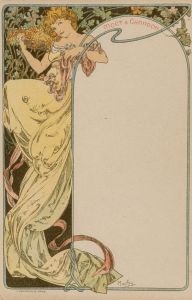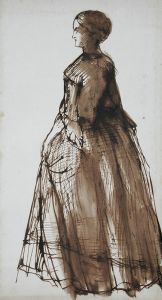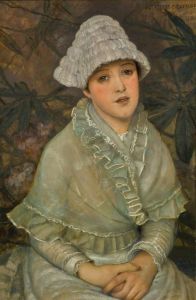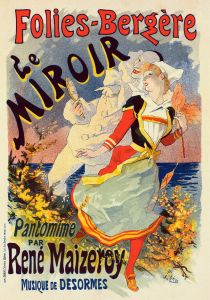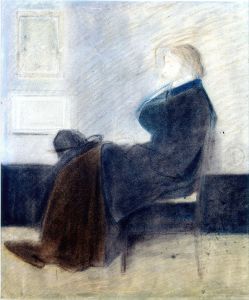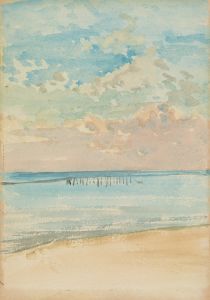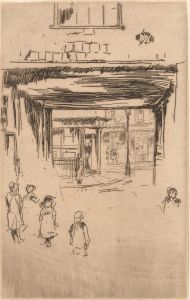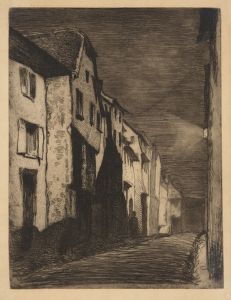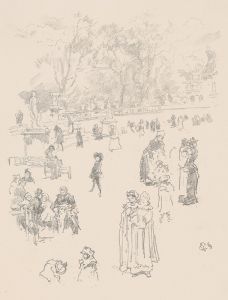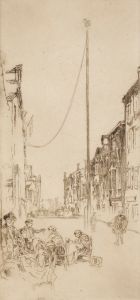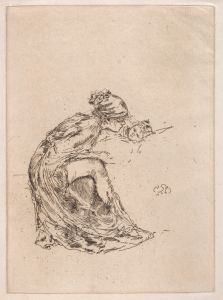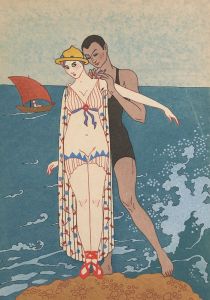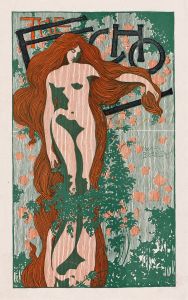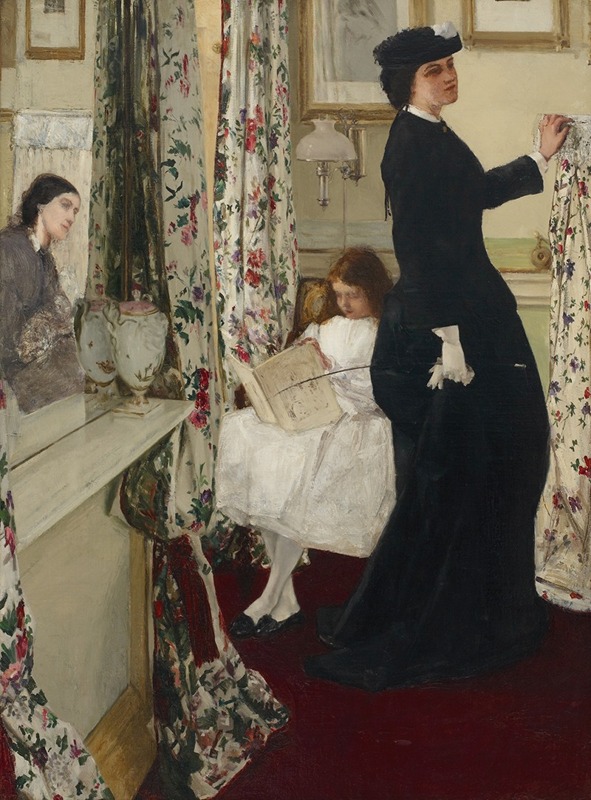
Harmony in Green and Rose; The Music Room
A hand-painted replica of James Abbott McNeill Whistler’s masterpiece Harmony in Green and Rose; The Music Room, meticulously crafted by professional artists to capture the true essence of the original. Each piece is created with museum-quality canvas and rare mineral pigments, carefully painted by experienced artists with delicate brushstrokes and rich, layered colors to perfectly recreate the texture of the original artwork. Unlike machine-printed reproductions, this hand-painted version brings the painting to life, infused with the artist’s emotions and skill in every stroke. Whether for personal collection or home decoration, it instantly elevates the artistic atmosphere of any space.
"Harmony in Green and Rose: The Music Room" is a painting by the American-born, British-based artist James Abbott McNeill Whistler. Created in 1860-61, this artwork is a part of Whistler's exploration of color harmony and composition, which became a defining characteristic of his artistic style. Whistler was known for his innovative approach to art, often emphasizing mood and atmosphere over detailed representation.
The painting depicts a domestic interior scene, featuring a group of figures in a music room. Whistler's use of color is central to the composition, with a palette dominated by shades of green and rose, as suggested by the title. This choice of colors reflects Whistler's interest in creating a harmonious visual experience, akin to the harmony found in music, which is a recurring theme in his work.
Whistler's technique in "Harmony in Green and Rose: The Music Room" demonstrates his skillful manipulation of paint to achieve a sense of depth and texture. The figures in the painting are rendered with a certain degree of abstraction, focusing more on the overall impression rather than intricate detail. This approach aligns with Whistler's belief in "art for art's sake," where the aesthetic experience is prioritized over narrative content.
The composition of the painting is carefully balanced, with the arrangement of figures and objects guiding the viewer's eye through the scene. Whistler's interest in Japanese art and design is evident in the simplicity and elegance of the composition, as well as in the subtle use of pattern and form. This influence is part of the broader Japonisme movement that was popular among Western artists during the late 19th century.
"Harmony in Green and Rose: The Music Room" is part of Whistler's broader body of work that includes his famous "Nocturnes" and "Symphonies," where he applied musical terminology to his paintings to emphasize the importance of tonal harmony. This painting, like many of Whistler's works, reflects his innovative approach to art and his desire to challenge traditional artistic conventions.
The painting is housed in a private collection, which limits public access and viewing opportunities. As a result, it is less well-known than some of Whistler's other works, such as "Arrangement in Grey and Black No. 1" (commonly known as "Whistler's Mother"). Nonetheless, "Harmony in Green and Rose: The Music Room" remains an important example of Whistler's contribution to the development of modern art, showcasing his unique vision and artistic philosophy.
Whistler's influence on the art world extends beyond his paintings, as he was also a prominent figure in the Aesthetic Movement, which advocated for the appreciation of beauty and art for its own sake. His work has inspired generations of artists and continues to be studied for its innovative approach to composition, color, and form.
In summary, "Harmony in Green and Rose: The Music Room" exemplifies James Abbott McNeill Whistler's commitment to creating art that prioritizes aesthetic harmony and mood. Through his use of color, composition, and abstraction, Whistler crafted a painting that invites viewers to appreciate the beauty of the visual experience, much like the enjoyment of a musical composition.






